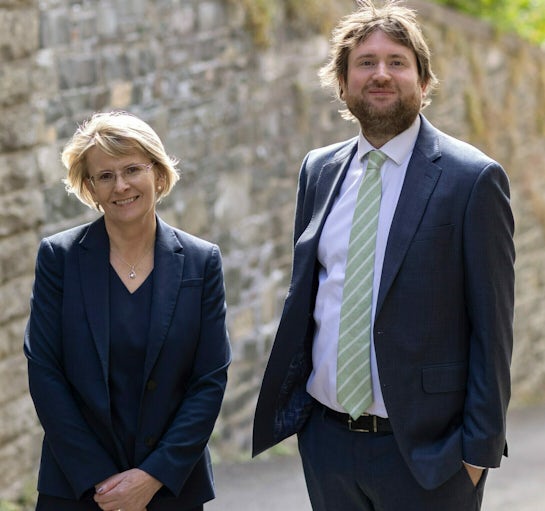Our long-established firm of solicitors can offer advice to individuals, families and businesses on a broad range of Legal and Estate Agency services making us ideally placed to be your trusted law firm.
We are honoured to be our clients’ chosen solicitors and we are committed to giving each client the best advice in a friendly and approachable manner.
Please contact us if there is anything we can help you with; we are here when you need us.
